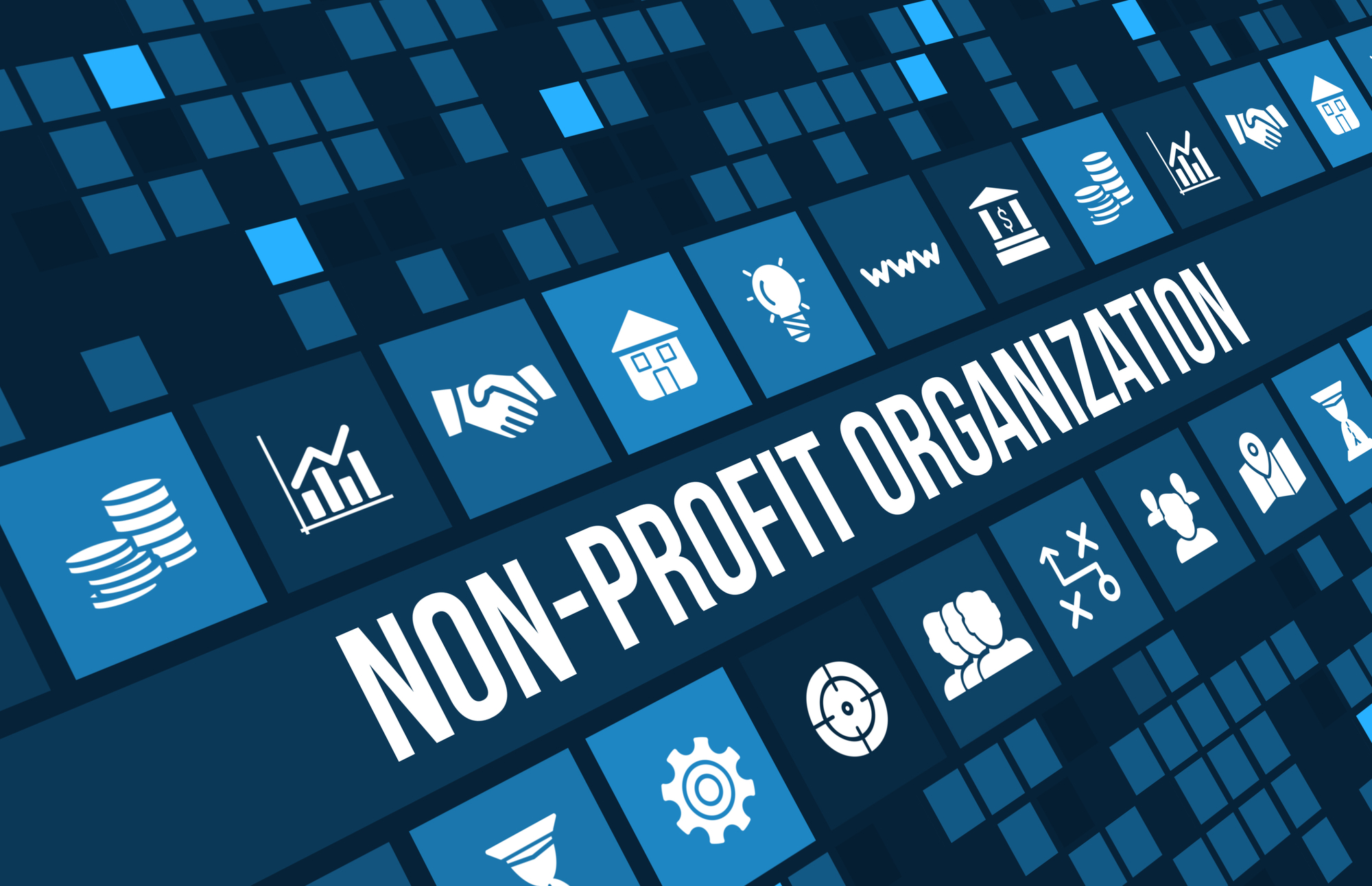Nonprofit cybersecurity for partners is essential to prevent hackers from accessing personal and financial information. As ill-intended users are aware of the technical know-how constraints these organizations face, they have developed new tactics to invade nonprofits’ networks. To help you protect your partners, we have prepared 4 essential steps that will keep hackers at bay: Nonprofit Cybersecurity For Partners Tip 1: KnowBe4 Training Phishing is a type of social engineering attack used to steal login credentials and financial information. The attacker often uses a trusted identity to deceive the victim into opening an email or message. The recipient is then tricked into clicking or downloading a malicious file, which can lead to a ransomware attack or the revealing of sensitive information. The consequences of a phishing attack can be devastating for your organization. Not only will you suffer severe financial losses but your reputation among partners and sponsors will decline too. How to recognize phishing emails? Phishing emails often express/contain: – Urgency: Calls to action that require you to “act now” – Finance: Wire transfers, invoices, or payment remittances – Credentials: Unusual log in activity – Delivery: Package arrival or shipping information See this example: Image from: Khan Academy The

















